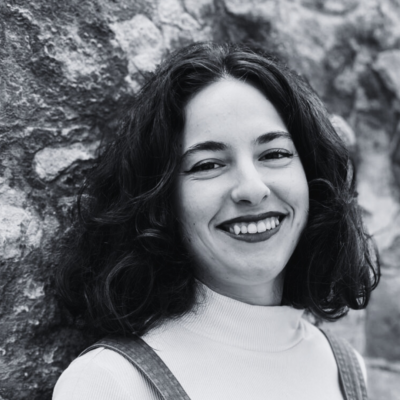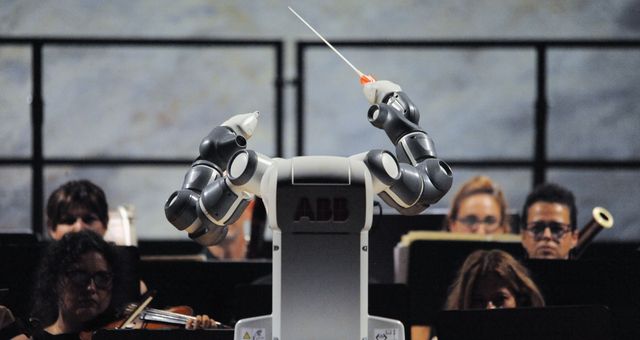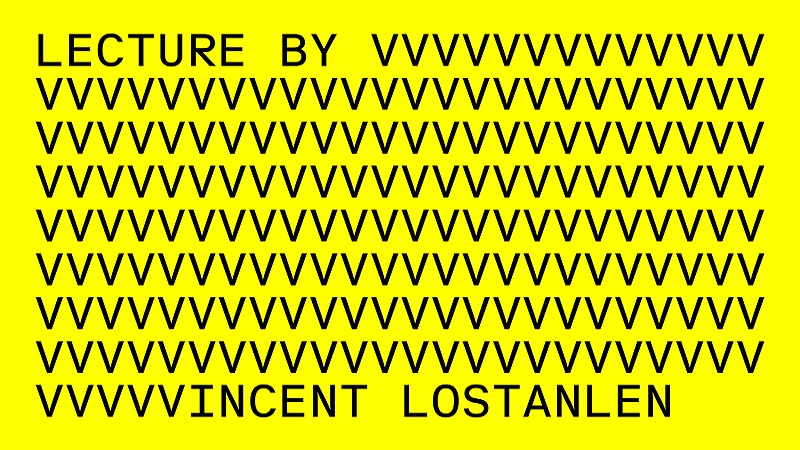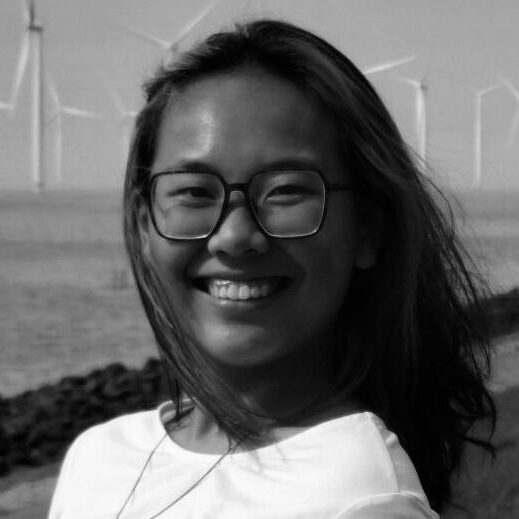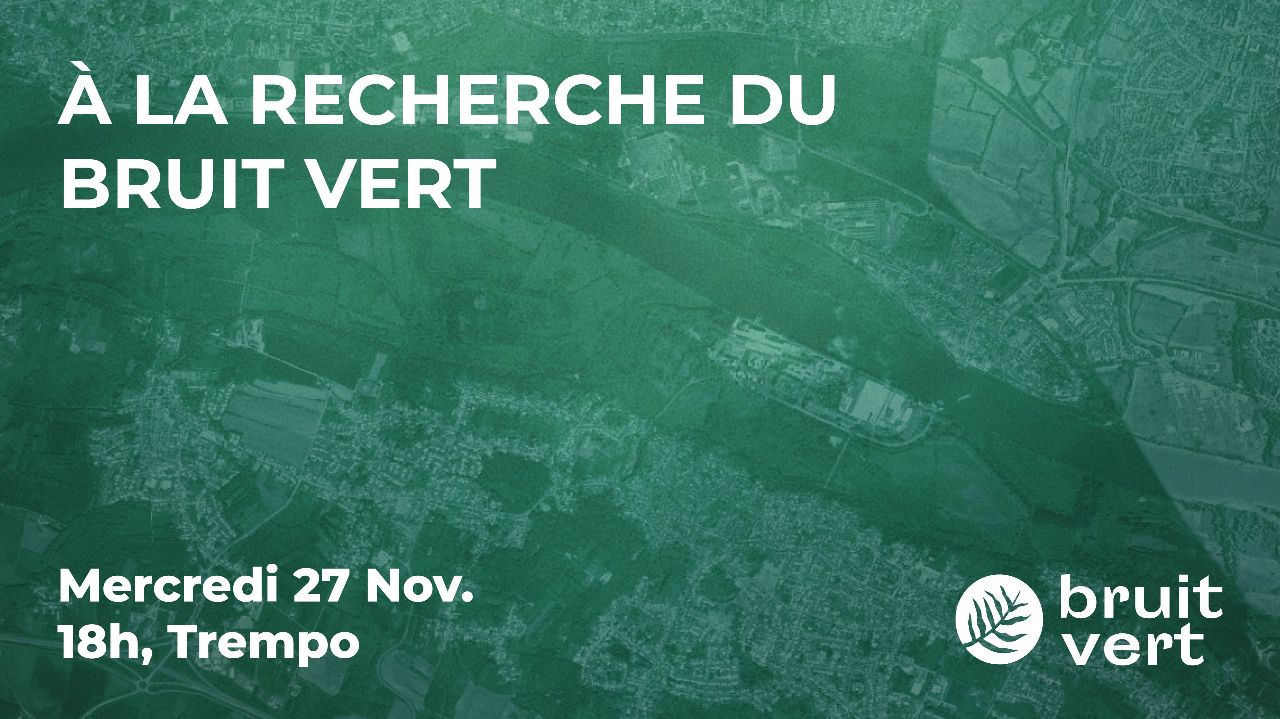Clara is working on augmented reality approaches to improve sound comfort in indoor environments, specifically in shared workspaces. She is a PhD student, supervised by Nicolas Misdariis from the Ircam in Paris and Mathieu Lagrange from the SIMS team at LS2N.
Author: Vincent Lostanlen
Green Days @ IRISA
Les “Green Days” sont les journées francophones sur le numérique écoresponsable, organisées avec un ensemble de GDRs et PEPR.
Podcast “Musique et IA” sur France musique
L’intelligence artificielle est partout, y compris dans le domaine musical. Qu’il s’agisse de “générer” des musiques à partir de données existantes, de créer une musique 100 % originale ou de réaliser certaines tâches pratiques, les usages sont nombreux et les inquiétudes aussi.
Model-based deep learning for music information research @ IEEE Signal Processing Magazine
We refer to the term model-based deep learning for approaches that combine traditional knowledge-based methods with data-driven techniques, especially those based on deep learning, within a differentiable computing framework. In music, prior knowledge for instance related to sound production, music perception or music composition theory can be incorporated into the design of neural networks and associated loss functions. We outline three specific scenarios to illustrate the application of model-based deep learning in MIR, demonstrating the implementation of such concepts and their potential.
BirdVox in MIT Technology Review
Vincent speaks to MIT Technology Review on the past, present, and future of machine learning for bird migration monitoring.
“Advancements in Bird Communication Studies” abstract deadline
Please submit your abstract (max. 200 words) towards a special session at Forum Acusticum / Euronoise, to be held in Málaga (Spain) on June 23–26, 2025.
Can machines learn filterbank design?
A talk by Vincent Lostanlen at the Acoustics Research Institute (ARI) of the Austrian Academy of Sciences (ÖAW) in Vienna.
Phantasmagoria @ Academy of Fine Arts of Munich
Invited talk: Yuexuan Kong
“STONE: Self-supervised tonality estimator”, at École Centrale de Nantes, amphi E, 2pm.
Table ronde “à l’écoute du vivant” @ Trempo (Nantes)
Bruit vert est une structure de production nantaise, faisant le lien entre création sonore et questionnements sur le vivant. Pour cette Carte Blanche, elle donne la parole au groupe Labotanique, qui a composé son nouvel EP sur une île de Loire, interdite aux humains. Une table ronde explorera la question de l’utilisation du field recording dans… Continue reading Table ronde “à l’écoute du vivant” @ Trempo (Nantes)
